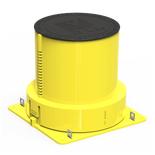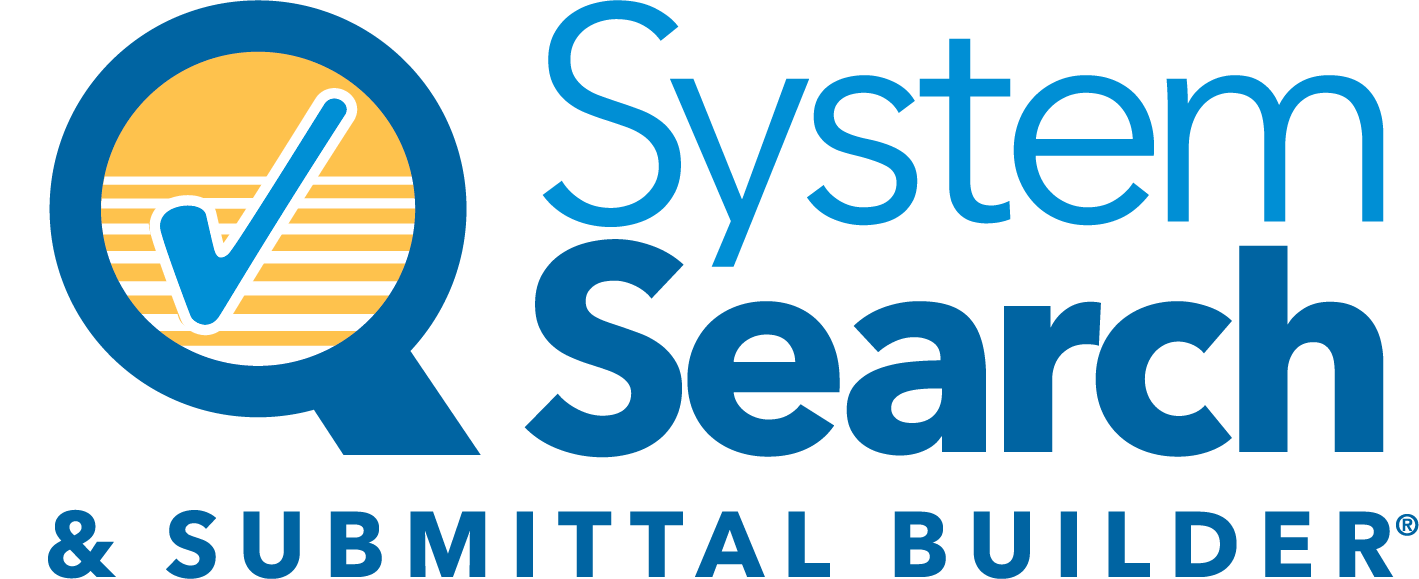BIM Objects, They’re More Than Meets the Eye
At first glance the set of fixtures, casework, and services that are included in the base Revit® are rather sparse. You’re provided an assortment of different objects spread across a variety of categories that are perfect for smaller models or for when you’re just starting to learn Revit®. However, if the world of BIM was limited to these included objects there would be very little visually different between models. Thankfully Revit® takes this into consideration and allows you to import objects made by third parties or for you to standardize your design process around your own in-house developed objects. Revit® object families, depending on their use case, are designed as “Face Based” or “Family Based” with each type having its own benefits and/or shortcomings.
Face Based objects act similar to a poster hanging on the surface of a wall, they are for the most part unaware of the assembly that they are placed on within a model. This makes them very flexible but means that they can be applied incorrectly in a model without the user knowing. For example, a single Face Based firestop collar object can be placed onto both walls and floors without issue. However it can also be placed on the glass of a window, doors, chairs, or on the top surface of floor where the collar may not function. Due to Face Based objects not being tied to a specific underlying assembly type and their ability to be placed inappropriately they are often referred to as “dumb objects” and are typically reserved for floor coverings, furnishings, or other non-life-safety applications.
Family Based objects are on the completely opposite end of the spectrum and are designed to only function in the assemblies that they are to be used in. This means that a Wall Family Based Firestop Collar will only be placeable in walls. This may sound limiting but in reality this provides a suite of features that only family based objects can achieve. A properly designed Family Based Firestop Collar will correctly cut the needed opening for the penetrant through the assembly, as well as properly position the collar on both sides of the wall. In addition, this connection to the specific assembly ensures that the object will be used correctly in the model. In floors, this means that only a single collar would be used on a floor penetration with the collar properly positioned on the underside of the assembly.
Family Based objects have other benefits that further aid in the design and implementation process. Objects that are continuous through the assembly, such as Fire-Rated Pathways, are aware of changes to the assembly and will adapt accordingly if the assembly changes. For example, if the width of a wall is increased a properly designed Family Based Fire-Rated Pathway will notify the responsible party as well as update the project schedule and Bill of Materials (BOM) to reflect if extension modules or a different style pathway would be required.
Revit® objects are available directly through the respective Manufacturer’s websites or for download from online repositories such as www.BIMObject.com. When using or designing Object Families it is important to keep in mind not just that the object has the overall properties that you want, but that it also was designed correctly for the application it is used in. A Face Based Firestop Object may seem convenient as it can be placed anywhere but may be misapplied in the model creating a number of downstream design and implementation issues that a Family Based Object would have eliminated.


























